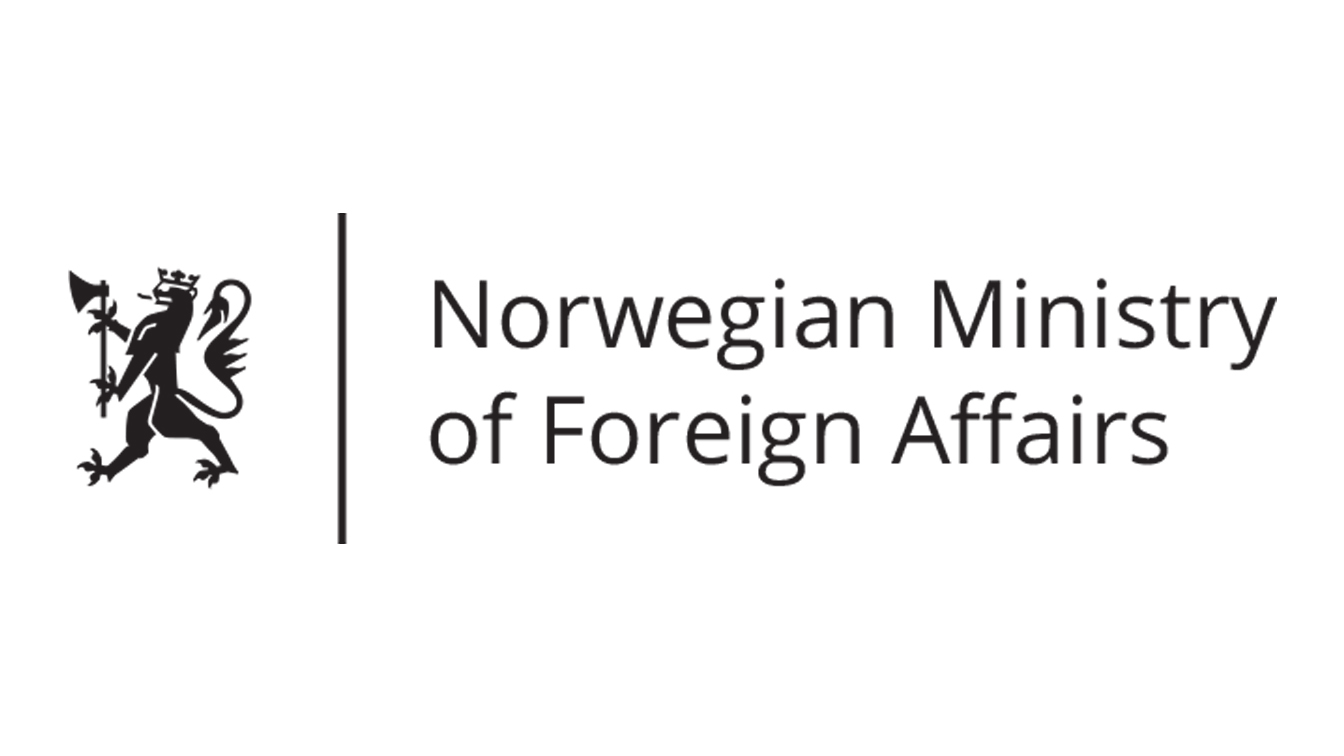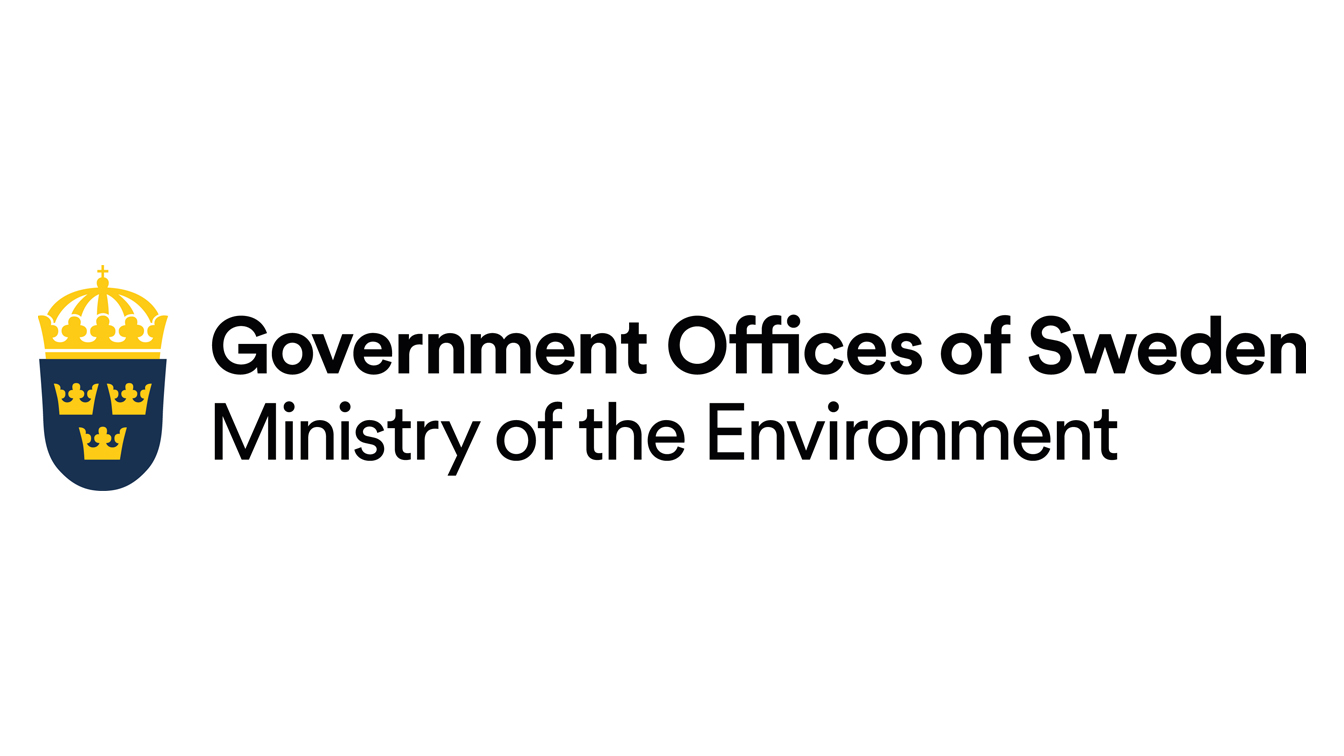From Land Degradation to Land Restoration
Still Only One Earth: Lessons from 50 years of UN sustainable development policy
Creating an enabling environment for land degradation neutrality—an approach that counterbalances the expected loss of productive land with the recovery of degraded areas—can help ensure food security, energy needs, land tenure, gender equality, access to clean water, and biodiversity are considered and meaningfully addressed together. (Download PDF) (See all policy briefs) (Subscribe to ENB)
Devotha Tumainieli farms on the steep western slopes of Mount Kilimanjaro in Tanzania. She has a small plot of two hectares where she grows bananas for her family and as a cash crop. But over the past decade the productivity of Devotha’s land—and that of other farmers around her—declined dramatically, almost to the point where her family began to starve (GEF, UNDP & UNCCD, 2017, pp. 20-21).
Land degradation such as this occurs when land cover is lost or removed, causing vulnerable soil and organic matter to be washed or blown away. Salinization of soil can produce similar effects, reducing land productivity. The symptoms are many and alarming: expansion and movement of sand dunes, diminished rainfall, depletion of pastureland, erosion from wind and rain, and loss of biomass and biological integrity.
The resulting human suffering is severe. For farmers like Devotha, this means greater food insecurity and financial hardship.
People have long depended on the land and the resources it provides to meet their basic needs and support their families. At the same time, population growth, unsustainable consumption, intensive agricultural practices, the use of damaging extractive or mining technologies, growing conflict over rights to land, forced migration of people, and climate change are pushing the planet to its limits, causing land degradation on a vast scale (GEF, UNDP & UNCCD, 2017, p.3). In economic terms, the World Bank calculates global land degradation to cost USD 85.8 trillion annually (Reinl, 2019).
Concerns about, and efforts to address, land degradation are not new. During the colonial era in West Africa, government officials identified a process that soon became known as “desertification” and started to prioritize conservation efforts to address it (Tal & Cohen, 2007, p.163). In the 1930s, the southern plains of the United States suffered massive soil erosion due to inappropriate farming methods and drought during the “Dust Bowl.”
Today, 25% of the total land area across the globe is degraded. While 3.2 billion people are directly affected by land degradation, especially smallholder farmers and rural communities, millions more are affected through food insecurity, higher food prices, climate change, environmental hazards, and the loss of biodiversity and ecosystem services. Scientists have warned 24 billion tons of fertile soil are lost each year, largely due to unsustainable agriculture practices. If this trend continues, 95% of the Earth’s land areas could become degraded by 2050 (GEF, 2019). The international community has been trying to combat land degradation and desertification for decades, but challenges remain.
The Birth of International Land Governance
The 1972 UN Conference on the Human Environment convened in Stockholm, Sweden, in the midst of severe drought in the Sahelian region of Africa. Between the late 1960s and the early 1980s, approximately 100,000 people died due to food shortages and disease. The drought led to fears the Sahel was turning into a permanent desert due to mismanagement of natural resources, overgrazing, and overpopulation (Giannini, et al., 2003). The Stockholm Plan of Action responded by recognizing international cooperative research on soil degradation needed to be strengthened and broadened. Recommendation 20 recognized economic and social factors contribute to soil degradation, including the “payment of inadequate prices for agriculture produce of developing countries, which prevents farmers in those countries from setting aside sufficient savings for necessary investments in soil regeneration and conservation.”
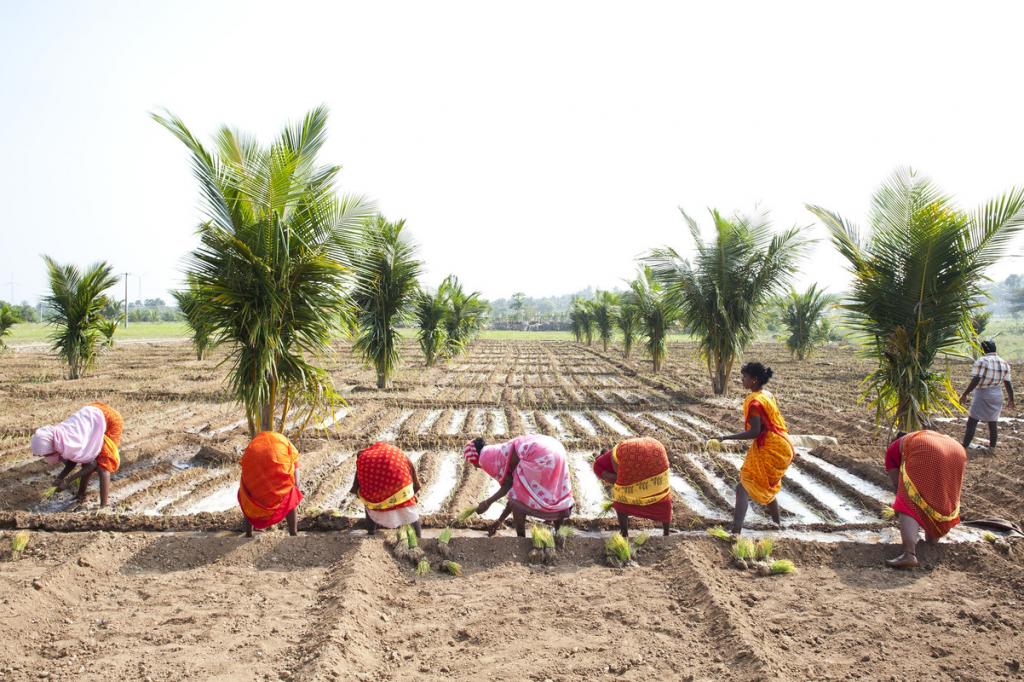
Five years later, the UN Conference on Desertification (UNCOD) convened in 1977 and adopted a non-binding Plan of Action to Combat Desertification (PACD), which aimed to improve land-use practices and social and economic welfare at the national level and in rural areas and local communities (Kong, et al., 2021). The PACD’s 28 recommendations acknowledged the local specificity of desertification and the need to incorporate rural land users when planning policy responses (UN, 1977, p. 5).
The PACD was largely ineffective, in part due to a lack of political will and funding (Mabbutt, 1987; Danish, 1995; Kong et al., 2021). From 1977-1992, implementation efforts focused on large-scale, top-down efforts that were not always appropriate to the realities of farmers and communities on the ground. Increasingly, experts suggested the circumstances surrounding “desertification” were too locally specific to be effectively addressed with regional schemes conceived solely by governments and international organizations (Danish, 1995, p. 147).
However, the PACD boosted dryland science and advanced understanding of desertification (Mabbutt, 1987). While it had been hypothesized that human mismanagement of natural resources, especially the reduction in vegetation cover, had sparked the Sahelian drought, scientists discovered human impact was not the only problem. Studies determined climate variations and changes in global sea surface temperatures have an impact on rainfall patterns (Giannini, et al., 2003), which partially explained the end of the drought in the mid-1980s. Yet, land degradation continued.
At the 1992 UN Conference on Environment and Development (Earth Summit) in Rio de Janeiro, African countries mounted a campaign for a global convention to combat desertification. As a result, Chapter 12 of the resulting action plan, Agenda 21, called for the UN General Assembly to establish “an intergovernmental negotiating committee for the elaboration of an international convention to combat desertification in in those countries experiencing serious drought and/or desertification, particularly in Africa, with a view to finalizing such a convention by June 1994.”
Two years later, governments adopted the UN Convention to Combat Desertification (UNCCD). The Convention, which is often called the first “sustainable development” convention, is committed to improve living conditions for people in drylands, to maintain and restore land and soil productivity, and to mitigate the effects of drought. The UNCCD moved away from the PACD’s centralized, prescribed “top-down” strategies. Instead, it embraced local-level, community-based actions and knowledge—a more bottom-up approach (Kong et al., 2021). Thus, the Convention calls for national governments to channel a certain degree of authority and resources to local land users and non-governmental organizations (NGOs).
Land Degradation Neutrality
During the UNCCD’s first fifteen years, most countries affected by desertification developed national action programs in line with the Convention, but implementation was slow. The UNCCD lacked financial support to implement its programs. There was also a need to bring more scientific knowledge into the work of the Convention and communicate that knowledge in a policy-relevant way so decision-makers and landowners alike could understand and take steps to restore degraded land and prevent further degradation. Furthermore, the UNCCD’s policies, procedures, and programs suffered from the absence of a clear overarching goal and quantitative, time-bound targets to guide action and make measurable progress (UNCCD, 2016).
Recognizing the value of a shared goal to drive progress, then-UNCCD Executive Secretary Luc Gnacadja, among others, proposed a new concept to combat desertification—“a land degradation-neutral world.” This proposal was taken up by the UN Conference on Sustainable Development (Rio+20) in June 2012 in paragraph 206 of its outcome document, The Future We Want, which called for achieving a land degradation-neutral world in the context of sustainable development.
We recognize the need for urgent action to reverse land degradation. In view of this, we will strive to achieve a land-degradation neutral world in the context of sustainable development.
In 2015, the global objective to achieve land degradation neutrality (LDN) was incorporated into the 2030 Agenda for Sustainable Development as Sustainable Development Goal (SDG) target 15.3: By 2030, combat desertification, restore degraded land and soil, including land affected by desertification, drought and floods, and strive to achieve a land degradation-neutral world. The same year, UNCCD parties adopted a decision acknowledging that striving to achieve SDG target 15.3 provides a “strong vehicle for driving implementation of the UNCCD” (UNCCD, 2015). Countries were invited to set voluntary targets to achieve LDN as a key step to implement this new centerpiece of the Convention.
According to UNCCD decision 3/COP.12, land degradation neutrality is “a state whereby the amount and quality of land resources necessary to support ecosystem functions and services and enhance food security remain stable or increase within specified temporal and spatial scales and ecosystems” (UNCCD, 2015). LDN represents a paradigm shift in both land management policies and practices. It counterbalances the expected loss of productive land with the recovery of degraded areas, and strategically places measures to conserve, sustainably manage, and restore land in the context of land use planning (UNCCD, n.d.).
The UNCCD recognized LDN implementation efforts require a firm grounding of the “neutrality” concept in national policies and procedures. Thus, a first step was to develop a Scientific Conceptual Framework for Land Degradation Neutrality to provide a scientific foundation for understanding, implementing, and monitoring LDN. The Framework was designed to create a bridge between the vision and the practical implementation of LDN.
At the same time, policymakers had to incorporate LDN in national agenda setting and state budgets. In 2014, the UNCCD financed a pilot project to assist 14 countries to set voluntary targets. This led to the LDN Target Setting Programme, which takes countries through a structured process to help leverage, assess, measure, and achieve their LDN commitments. To date, 128 countries have committed to set LDN targets.
LDN Implementation Challenges
LDN sets a clear, measurable goal for the UNCCD. Its integration with the SDGs and national development plans improved the visibility of land degradation, creating a pathway to channel and mobilize resources to tackle it (Kong et al., 2021). However, challenges remain, including those that have existed for decades: the need for equitable land tenure and gender equality, national support and coordination, and funding.
Land Tenure
Land tenure refers to the relationship among people, as individuals or groups, with respect to land. It defines the conditions under which land can be occupied, held or managed, by whom, and for how long. There are different types of tenure; it may be based on written policies and laws (statutory land tenure) or on unwritten customs and practices (customary land tenure) (UNCCD, 2020a). Although land tenure security may not be sufficient to stop land degradation, land tenure insecurity often prevents farmers from adopting sustainable land management practices (Chasek et al., 2019).
The UNCCD Secretariat estimates 2.5 billion rural people derive their livelihoods from agriculture and natural resources (UNCCD, 2020a). If people have land tenure security, they are more likely to have sustained food security and predictable sources of income. Secure land rights also enable the use of land as collateral to access other opportunities, such as credit markets. Moreover, landowners manage their land better than “tenants,” thereby reducing land degradation.
Gender Equality
Strengthening women’s land rights and equal access to resources increase food security, improve livelihoods, reduce poverty, and increase investments in sustainable land management practices. Yet, in more than half of the world’s countries, laws or customs hinder women’s ownership or access to land. Evidence shows women’s share as agricultural land holders vary from 0.8% in Saudi Arabia to 51% in Cabo Verde, with an overall global average estimated at 12.8% (UNCCD, 2020a).
Almost one-third of women’s employment globally is in agriculture. Women are at the frontline of LDN, struggling to salvage the large area of agricultural land already affected by degradation. The inaugural 2017 UNCCD Gender Action Plan (GAP) mandates gender mainstreaming to advance the efforts of countries to achieve their LDN targets. The GAP outlines four priority areas:
- ensure women’s participation in decisions taken during the design, planning, implementation, and evaluation of LDN initiatives;
- integrate women’s economic empowerment in implementation activities in order to eradicate their extreme poverty;
- strengthen women’s land rights and access to resources; and
- enhance women’s access to improved knowledge and technologies that relate to effective UNCCD implementation, including LDN (Global Mechanism, 2019).
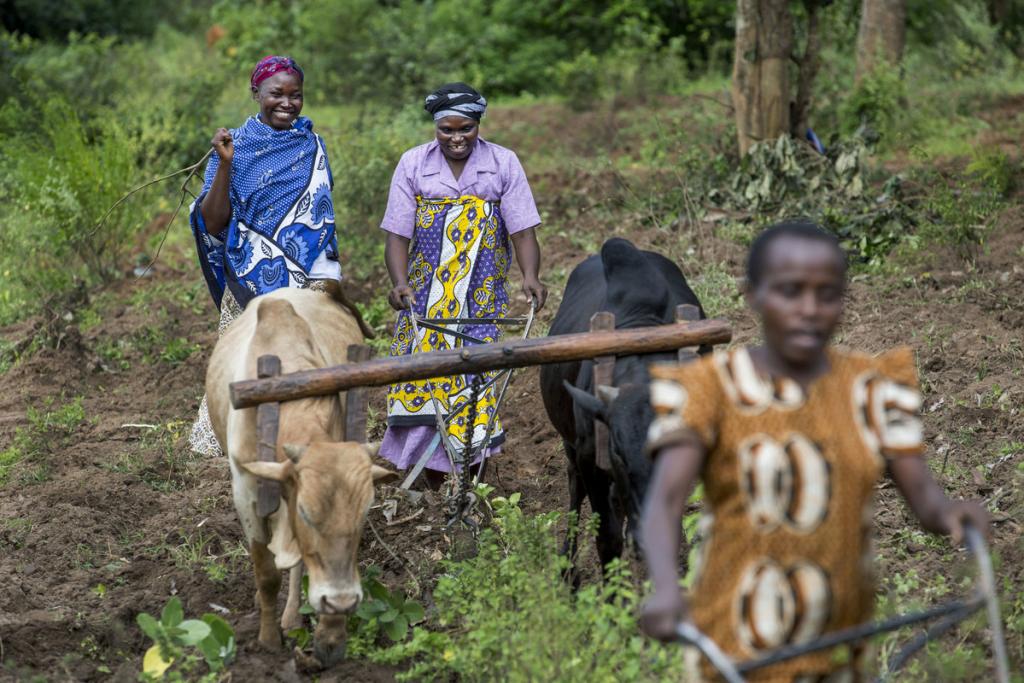
Support and Coordination
Even if strong policies are in place, LDN policy implementation will not be successful if the main agency at the national level lacks the personnel and knowledge to coordinate integrated land use planning and LDN implementation. Some governments lack the scientific knowledge and data to develop integrated land use planning, including uncertainties about the influences of global drivers, like climate change, on national and local land use. Poor coordination between national governments and local authorities, and lack of knowledge and systems for enforcing, monitoring, and evaluating LDN measures can also prevent effective implementation. Finally, some national governments still need to create incentives and pathways so local officials, decision makers, land users, and other stakeholders are involved in planning processes (Chasek, et al., 2019).
Funding
Increased resource mobilization is essential to effectively implement LDN policies. While there should be funding available from national budgets, these funds are often insufficient where they exist at all. To avoid additional land degradation and rehabilitate 12 million hectares of degraded land each year, traditional financial sources, official development assistance, and national government resources alone will not suffice (Chasek, et al., 2019, p. 186). Furthermore, the UNCCD’s financial mechanisms—the Global Mechanism and the Global Environment Facility—may not be able to mobilize enough resources to achieve the LDN target.
With this in mind, the UNCCD created an independent Land Degradation Neutrality Fund (LDN Fund) to mobilize blended public and private sector funding to support the large-scale rehabilitation of degraded land and land degradation avoidance through sustainable and productive land management. Potential projects must be land-based projects that can avoid, reduce, or reverse land degradation while producing financial returns (UNCCD, 2020b).
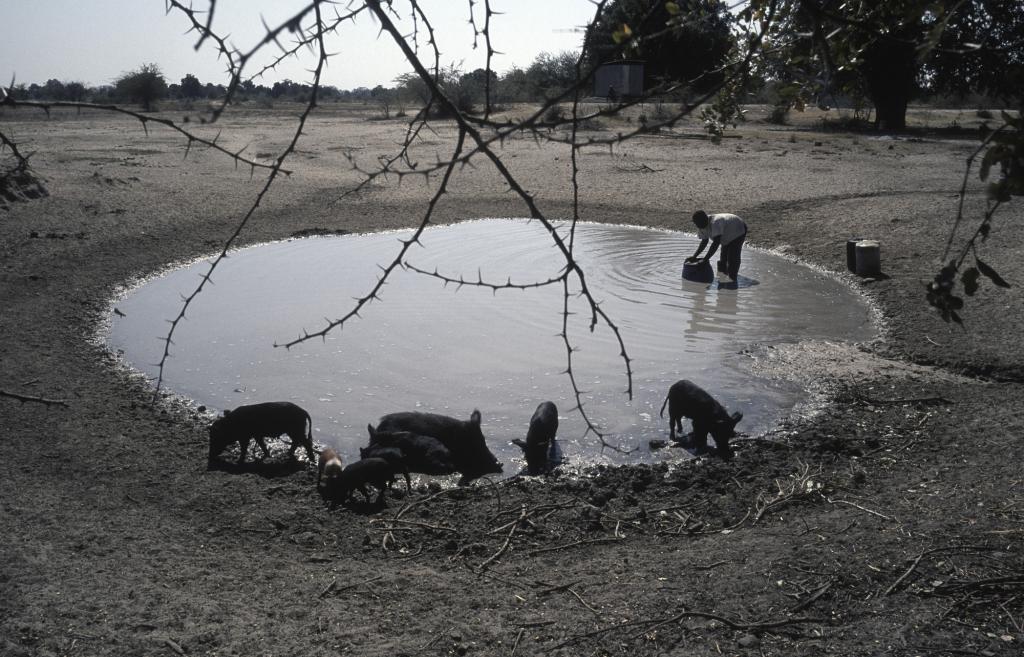
Moving Forward
Despite the COVID-19 pandemic, which was formally declared by the World Health Organization in March 2020, the UNCCD, governments, stakeholders, and other partners have been making LDN a reality. At the same time, a number of related initiatives are underway.
The UNCCD Secretariat has demonstrated how land use change and land degradation is a primary driver for emerging infectious diseases. The 2020 report “Supporting the Global Response to the COVID-19 Pandemic: Land-based Solutions for Healthy People and a Healthy Planet” explains how land can move from being part of the pandemic problem to being central to the solution. The report argues the foundation for building back better in the face of climate change and the pandemic must take future land-use decisions into account.
Each of us holds the power to protect the land for each choice we make in our daily lives. And we can still choose to protect nature. By doing so, we in fact protect our future.
The Great Green Wall initiative is often celebrated for its ambition. Launched in 2007 by the African Union, this initiative aims to restore Africa’s degraded land and transform millions of lives in one of the world’s poorest regions, the Sahel. By planting trees, grass, and shrubs in more than 20 countries across Africa, the initiative aims to restore 100 million hectares of currently degraded land, sequester 250 million tons of carbon, and create 10 million green jobs by 2030. Thus far, progress has been made in restoring the fertility of Sahelian lands, including the planting of more than 18 million trees in Senegal, 8 million in Nigeria, 129 million in Eritrea, and 146 million in Niger.
Drought is one of the most far-reaching natural disasters, bringing short- and long-term economic and social losses to millions of people worldwide. Countries across the globe that face the impacts of intense drought still lack comprehensive early warning plans. The UNCCD, in partnership with the Food and Agriculture Organization, the World Meteorological Organization, the Global Water Partnership, the European Commission, the National Drought Mitigation Centre, and the UN Environment Programme, has produced a Drought Toolbox. The toolbox provides stakeholders with easy access to real-time data and resources to support action on drought preparedness to boost the resilience of people and ecosystems.
Combating desertification and land degradation and mitigating the effects of drought will secure long-term socio-economic benefits for people living in the drylands and reduce their vulnerability to climate change. LDN—with conservation, sustainable use, and restoration as its three pillars—provides an effective framework. Creating an enabling environment for LDN can help policymakers and planners to navigate social, economic, and environmental tradeoffs so food security, energy needs, land tenure, gender equality, access to clean water, and biodiversity are considered—and addressed—together. (UNCCD, 2020c).
As UNCCD Executive Secretariat Ibrahim Thiaw said, “If we choose to work in harmony with nature, we will avert land degradation, we will curb our emissions, we will reverse biodiversity loss. If we choose to restore the land rather than destroy it, we can create jobs and opportunity.”
Works Consulted
Chasek, P., Akhtar-Schuster, M., Orr, B. J., Luise, A., Rakoto Ratsimba, H., & Safriel, U. (2019). Land degradation neutrality: The science-policy interface from the UNCCD to national implementation. Environmental Science & Policy, 92, 182–190. doi.org/10.1016/j.envsci.2018.11.017
Danish, K. W. (1995). International environmental law and the “bottom-up” approach: A review of the desertification convention. Indiana Journal of Global Legal Studies 3(1), 133-176.
Giannini, A., Saravanan, R., & Chang, P. (2003). Oceanic forcing of Sahel rainfall on interannual to interdecadal time scales. Science, 302, 1027–1030. science.org/doi/10.1126/science.1089357
Global Environment Facility. (2019). Land degradation. thegef.org/sites/default/files/publications/gef_land_degradation_bifold_2019.pdf
Global Environment Facility, United Nations Development Programme, & United Nations Convention to Combat Desertification. (2017). Listening to our land: Stories of resilience. thegef.org/sites/default/files/publications/UNDP%20Listening%20to%20our%20land.pdf
Global Mechanism. (2019). Land degradation neutrality interventions to foster gender equality. catalogue.unccd.int/1222_UNCCD_gender_briefing_note.pdf
Kong, Z.-H., Stringer, L., Paavola, J., & Lu, Q. (2021). Situating China in the global effort to combat desertification. Land, 10, 702. doi.org/10.3390/land10070702
Mabbutt, J. A. (1985). Implementation of the plan of action to combat desertification: Progress since UNCOD. Land Use Policy, 4(4), 371-388. doi.org/10.1016/0264-8377(87)90060-3
Reinl, J. (2019). Desertification costs world economy up to 15 trillion dollars. UN Inter Press Service. ipsnews.net/2019/09/desertification-costs-world-economy-15-trillion-dollars-u-n/
Tal, A., & Cohen, J.A. (2007). Bringing “topdown” to “bottom-up”: A new role for environmental legislation in combating desertification. Harvard Environmental Law Review, 31(1), 163-217.
United Nations. (1977). Report of the United Nations Conference on Desertification. A/CONF.74/36. https://documents-dds-ny.un.org/doc/UNDOC/GEN/N77/043/12/PDF/N7704312.pdf?OpenElement
United Nations Convention to Combat Desertification. (n.d.). Achieving land degradation neutrality. unccd.int/actions/achieving-land-degradationneutrality
United Nations Convention to Combat Desertification. (2015). Integration of the sustainable development goals and targets into the implementation of the United Nations convention to combat desertification and the intergovernmental working group report on land degradation neutrality. Decision 3/COP.12. Report of the Conference of the Parties on its twelfth session. ICCD/COP(12)/20/Add.1. unccd.int/sites/default/files/sessions/documents/ICCD_COP12_20_Add.1/20add1eng.pdf
United Nations Convention to Combat Desertification. (2016). Achieving land degradation neutrality at the country level: Building blocks for LDN target setting. unccd.int/publications/achieving-landdegradation-neutrality-country-levelbuilding-blocks-ldn-target-setting
United Nations Convention to Combat Desertification. (2020a). Land tenure. unccd.int/actions/land-tenure
United Nations Convention to Combat Desertification. (2020b). Operationalization of the Land Degradation Neutrality Fund. Report by the Global Mechanism. ICCD/CRIC(19)/3. unccd.int/sites/default/files/sessions/documents/2020-12/ICCD_CRIC%2819%29_3-2015637E.pdf
United Nations Convention to Combat Desertification. (2020c). Supporting the global response to the COVID-19 pandemic. unccd.int/publications/supporting-global-response-covid-19-pandemic-land-based-solutions-healthypeople-and
Additional downloads
You might also be interested in
Indigenous Peoples: Defending an Environment for All
International environmental negotiations need to go beyond tokenistic participation of Indigenous Peoples to a genuine integration of their worldviews and knowledge.
The Rising Pressures on Ocean Governance
The ocean is under serious threat. Stressors include overfishing, marine pollution, habitat destruction, and acidification.
Border Carbon Adjustment Mechanisms and Impacts on Vietnam
This report consolidates, analyzes, and presents views and perspectives of stakeholders from Vietnam on border carbon adjustment (BCA) schemes to contribute to the global debate on BCA good practices.
For Nature-Based Solutions to Be Effective, We Need to Work with Indigenous Peoples and Local Communities
Nature-based solutions have been praised as a promising approach to tackling the twin crises of climate change and biodiversity loss. But some Indigenous Peoples and local communities are questioning the legitimacy of the concept and what it symbolizes. It is time to listen to what they have to say.

